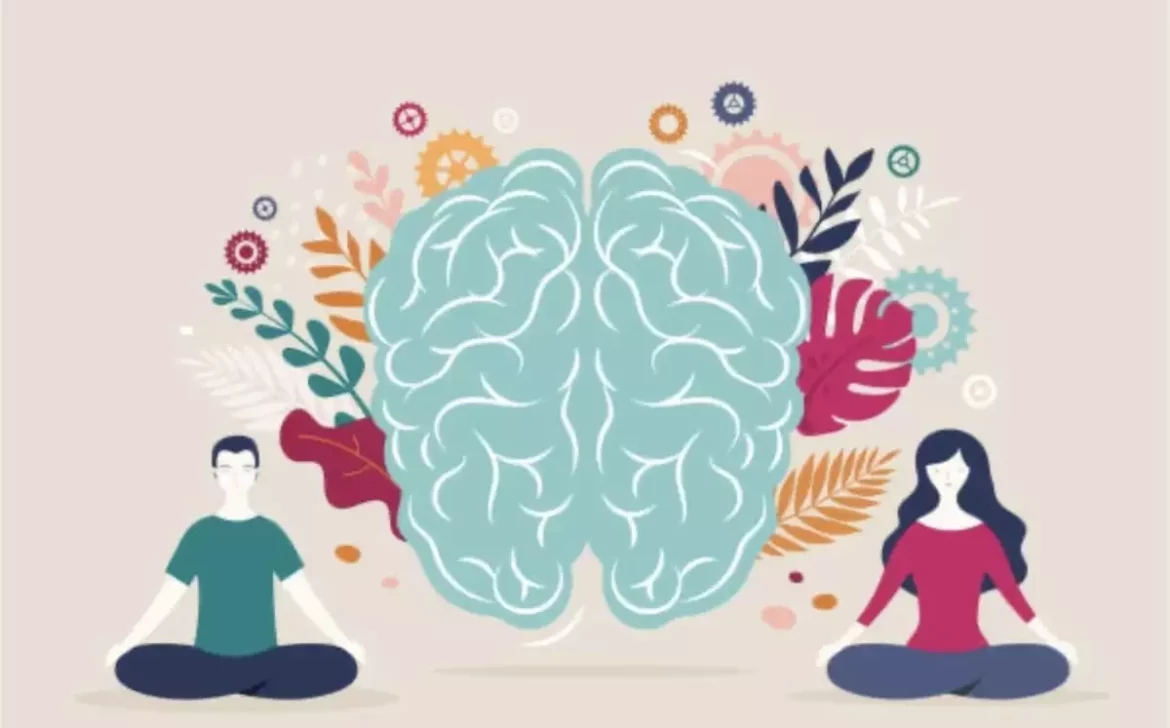Exploring New Frontiers: Space Exploration and Colonization in 2024
Exploring New Frontiers: Space Exploration and Colonization in 2024
Introduction
The allure of the cosmos has captivated human imagination for millennia. From ancient civilizations charting the stars to modern scientific endeavours, our fascination with the universe has only grown. As we navigate through 2024, space exploration and colonization have evolved from fantastical notions to rapidly advancing realities. This blog post provides an in-depth look at the current state of space exploration, the challenges and opportunities associated with colonization, and what the future holds as humanity ventures further into space.
1. Pushing the Limits: Current Space Missions
The year 2024 marks a significant period for space exploration, with several high-profile missions redefining our cosmic understanding:
- NASA’s Artemis Initiative
NASA’s Artemis initiative aims to return humans to the Moon and establish a lasting presence. This program, reminiscent of the Apollo missions, seeks to land the first woman and the next man on the lunar surface. A cornerstone of Artemis is the Lunar Gateway, an orbiting space station that will serve as a hub for lunar surface operations and future deep space missions. The Gateway will also act as a platform for scientific research and support the development of lunar habitats, paving the way for extended human presence on the Moon.
- Mars Exploration Rovers
Mars remains a central focus of exploration efforts. NASA’s Perseverance rover, which touched down on Mars in early 2021, is equipped with cutting-edge scientific instruments designed to seek evidence of ancient life, study the Martian climate, and gather samples for future return missions. The rover’s mission includes testing technologies essential for human exploration. Additionally, the European Space Agency’s ExoMars rover, slated for launch in the near future, will further our understanding of Mars’ geology and potential for life.
- James Webb Space Telescope (JWST)
Since its launch in December 2021, the James Webb Space Telescope has become a powerful tool for cosmic discovery. Positioned at the second Lagrange point (L2), approximately 1.5 million kilometers from Earth, JWST offers unparalleled views of the universe. Its advanced infrared capabilities enable scientists to investigate the formation of galaxies, stars, and planetary systems with unprecedented clarity, potentially transforming our knowledge of the universe’s origins and the potential for extraterrestrial life.
2. The Mars Frontier: Opportunities and Challenges
Mars represents a prime target for exploration and future colonization. The Red Planet offers numerous possibilities but also presents formidable challenges:
- Innovations in Technology
SpaceX’s Starship is at the forefront of interplanetary travel technology. Designed for reusable missions, Starship aims to make space travel more cost-effective and accessible. With its significant payload capacity and advanced propulsion systems, Starship could facilitate missions to Mars and beyond. SpaceX’s vision includes establishing a human settlement on Mars, with goals of creating a self-sustaining colony.
Other private companies, such as Blue Origin and Rocket Lab, are also developing technologies to support Mars exploration. Blue Origin’s New Glenn rocket and Rocket Lab’s Electron rocket are contributing to the advancement of private spaceflight capabilities.
- Developing Life Support Systems
Creating a habitable environment on Mars poses a significant challenge. Researchers are developing advanced life support systems that can sustain human life by providing air, water, and food in the Martian environment. Concepts such as closed-loop systems, which recycle air and water, are crucial for long-term habitation. Innovations like bioreactors that can generate oxygen and food from Martian resources are also under exploration.
- Exploring Terraforming
Terraforming Mars involves modifying its atmosphere to make it more Earth-like. This process could include increasing atmospheric pressure, raising temperatures, and introducing microorganisms to produce oxygen. Although terraforming remains a long-term ambition, researchers are investigating the feasibility of such modifications and their potential effects on the Martian environment.
3. Establishing a Lunar Presence: The Moon Base
The Moon is viewed as a critical stepping stone for further exploration and potential colonization. Current efforts focus on establishing a sustainable lunar presence:
- Constructing a Lunar Base
Plans for a lunar base involve creating habitats that can support human life for extended periods. NASA’s Artemis program includes constructing the Lunar Gateway and collaborating with international partners to build lunar surface habitats. These habitats will serve as research facilities, testing grounds for technologies necessary for Mars missions, and potential sites for resource extraction.
- Utilizing Lunar Resources
Establishing a sustainable presence on the Moon requires utilizing its resources. This involves extracting water from lunar ice for life support and converting it into hydrogen and oxygen for rocket fuel. Additionally, mining lunar regolith (soil) for construction materials and other resources is a key aspect of lunar colonization efforts.
4. Collaborative Efforts: A Global Approach
Space exploration is increasingly characterized by international collaboration, with nations and organizations working together to achieve common objectives:
- International Space Station (ISS)
The ISS stands as a symbol of international cooperation in space. Operated jointly by NASA, Roscosmos, ESA, JAXA, and CSA, the ISS serves as a research platform and a testing ground for new technologies. It has played a crucial role in advancing our understanding of space and preparing for future missions beyond low Earth orbit.
- Global Partnerships
Countries around the world are forming partnerships to share knowledge, resources, and expertise. For instance, the Lunar Gateway project involves collaboration between NASA, ESA, JAXA, and CSA. These partnerships help pool resources and accelerate progress in space exploration, addressing the challenges associated with interplanetary missions.
5. Ethical and Environmental Considerations
As humanity ventures into space, ethical and environmental issues become increasingly important:
- Planetary Protection
Protocols for planetary protection are in place to prevent contamination of other planets and celestial bodies. These measures aim to preserve the scientific integrity of space missions and prevent the accidental introduction of Earth-based microorganisms that could disrupt extraterrestrial ecosystems.
- Managing Space Debris
The proliferation of space debris poses a risk to satellites, spacecraft, and future missions. Efforts are underway to develop solutions for debris mitigation and removal, including technologies for active debris removal and guidelines for the end-of-life management of satellites.
6. Looking Ahead: The Future of Space Exploration
The future of space exploration and colonization promises exciting developments:
- Role of Private Sector
Private companies such as SpaceX, Blue Origin, and Rocket Lab are significantly advancing space technology. Their innovations are making space more accessible and affordable, opening new opportunities for exploration and commercial ventures. Space tourism, lunar mining, and interplanetary travel are becoming more feasible as these companies push the boundaries of space technology.
- Interstellar Exploration
Looking beyond our solar system, initiatives like Breakthrough Starshot aim to send probes to nearby star systems. Although interstellar travel remains a long-term goal, advancements in propulsion technology and space exploration capabilities are paving the way for future missions to the stars.
Conclusion
Space exploration and colonization represent some of humanity’s most ambitious and transformative endeavors. As we progress through 2024, ongoing missions, technological innovations, and international collaborations are shaping the future of space. Each new development brings us closer to realizing the dream of a multi-planetary existence and expanding our understanding of the universe. The journey ahead is both challenging and exhilarating, marking the beginning of an exciting era in humanity’s quest to explore the cosmos.
















